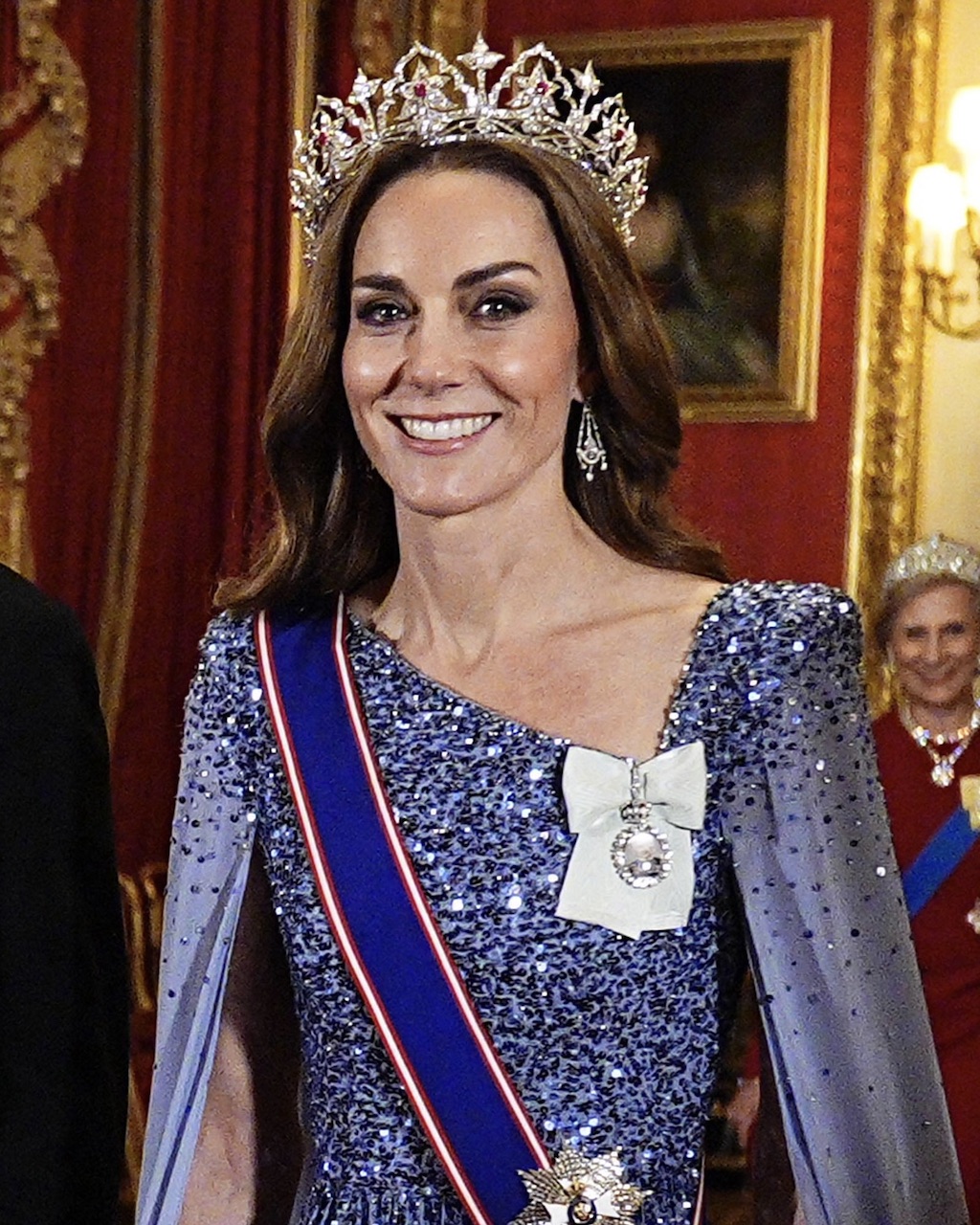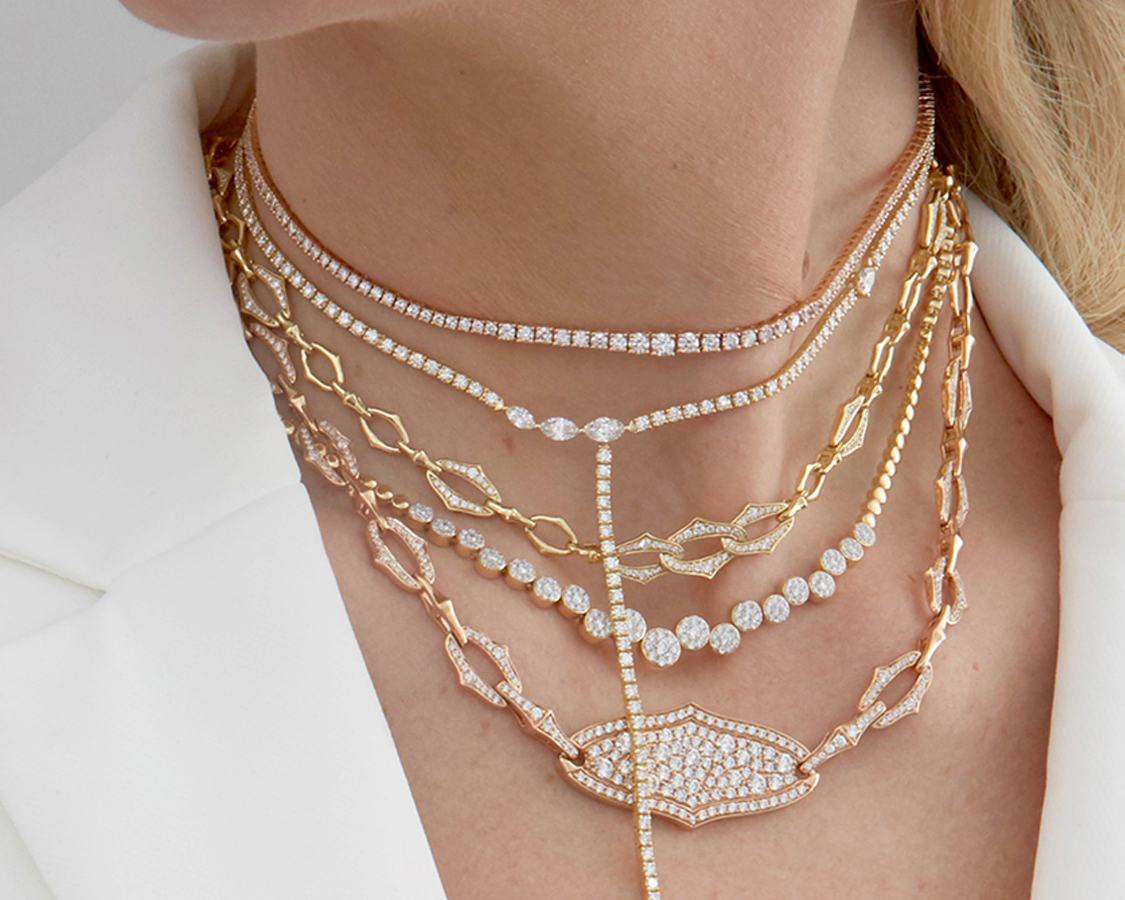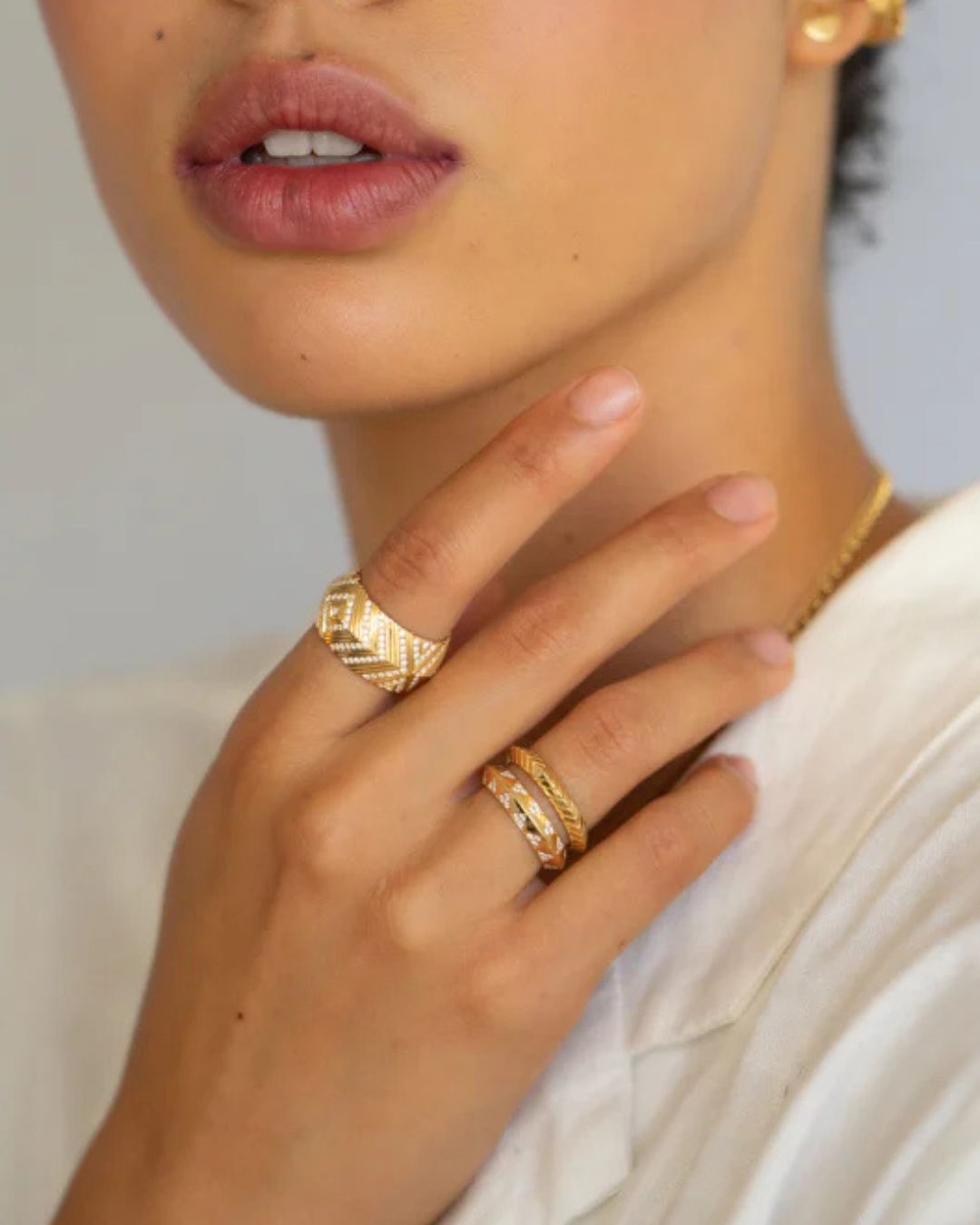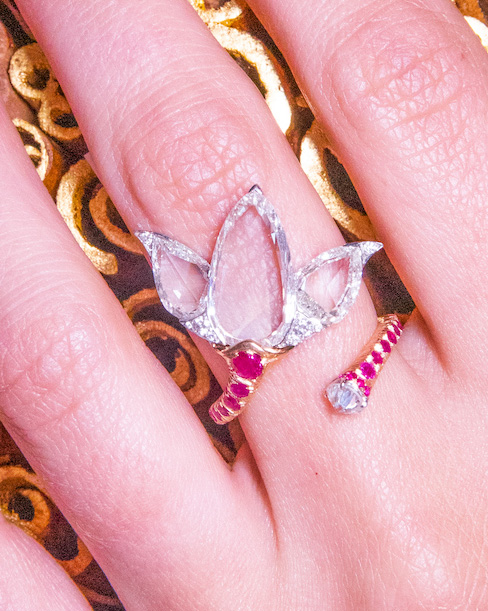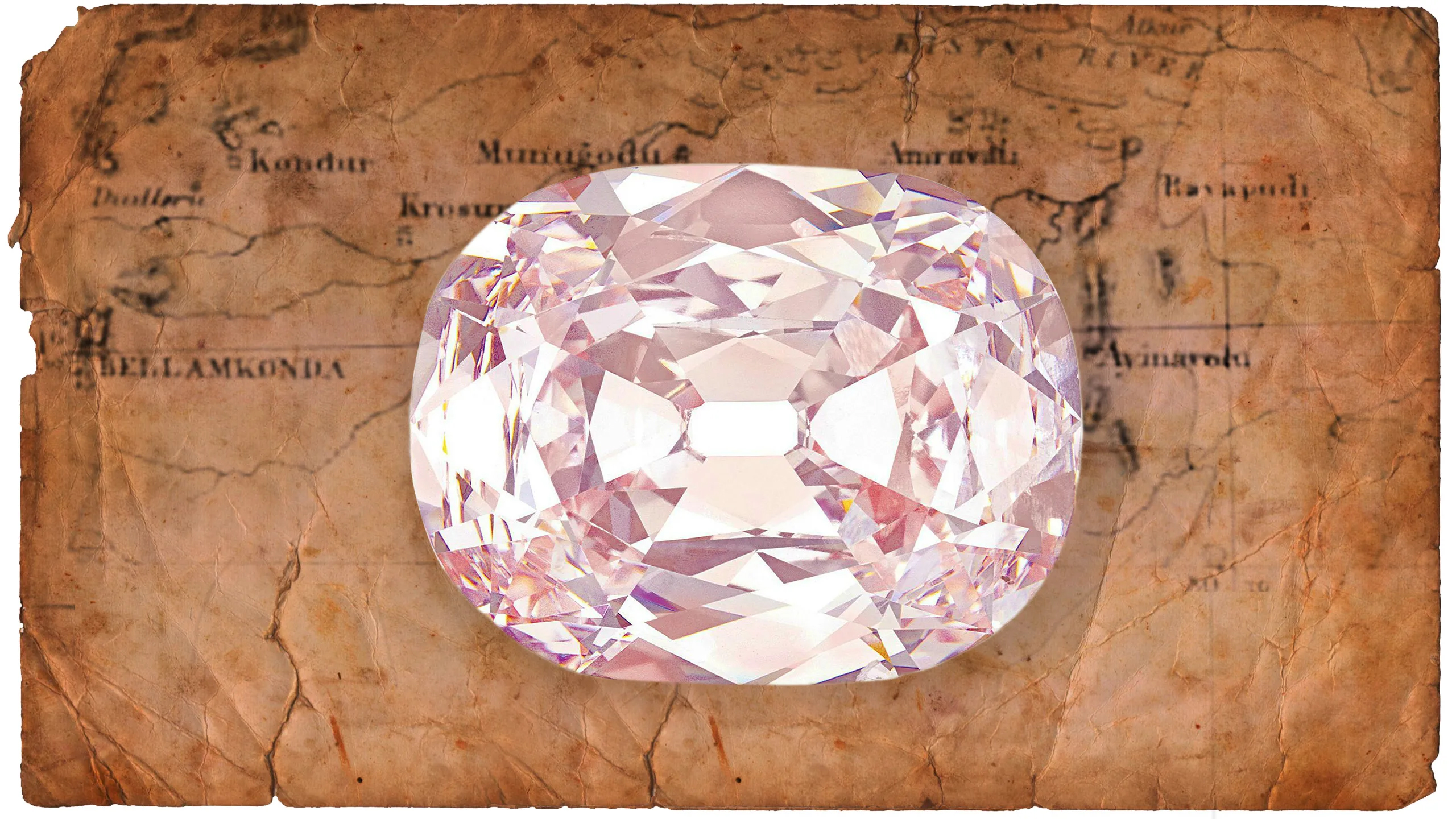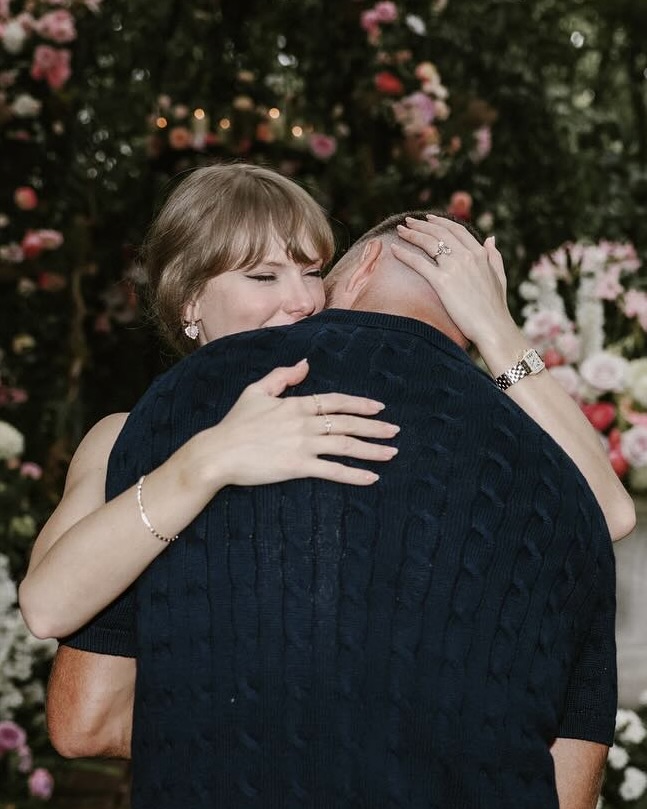Diamond Engagement Ring Trends Through the Decades
Explore the evolution of natural diamond engagement ring trends, from Victorian-era romance to the highly personalized styles of modern day.
Updated: October 23, 2025
Written by: Meredith Lepore
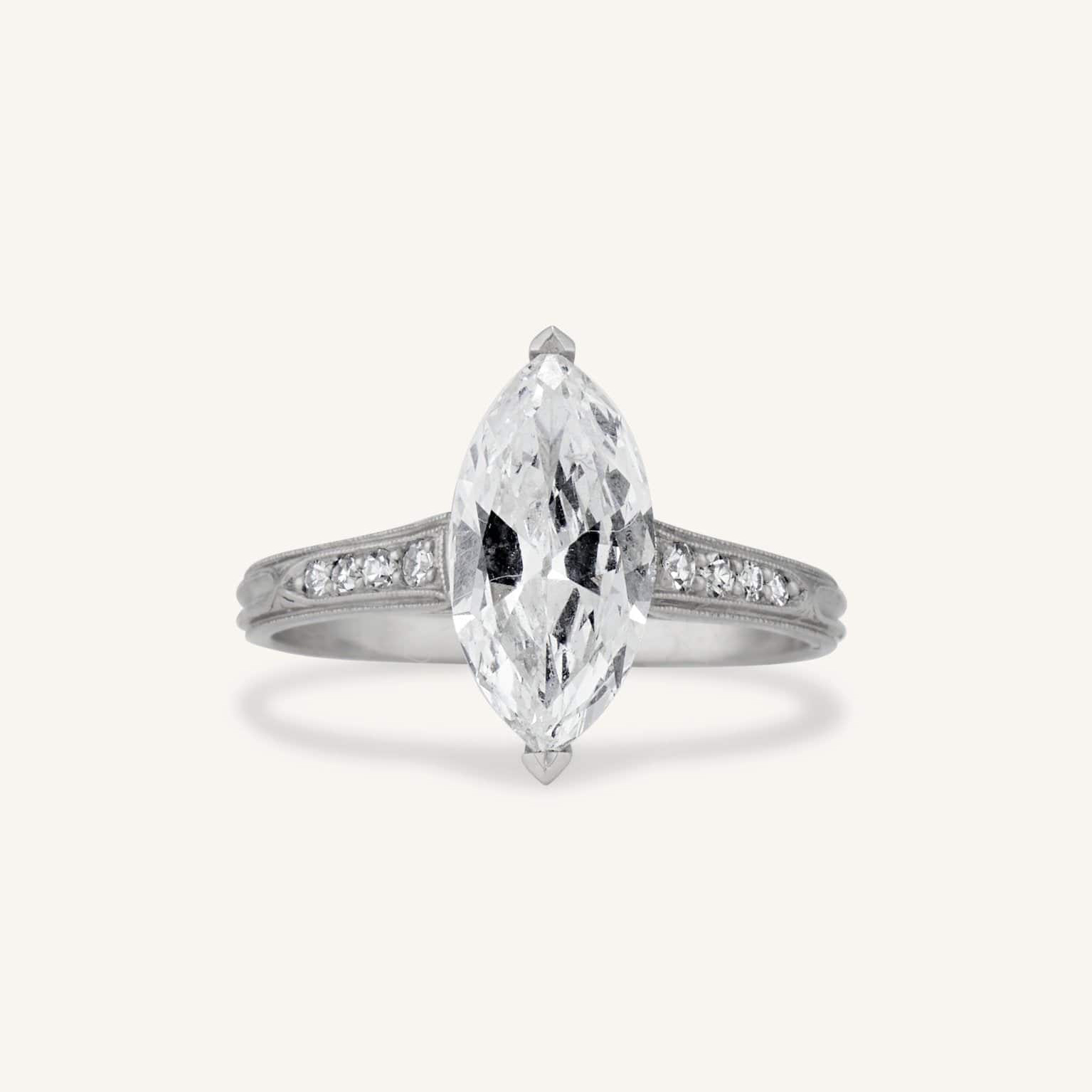
Frank Sinatra once sang, “Love and marriage, love and marriage, this I tell you, brother, you can’t have one without the other.” But there should be another lyric that also says you can’t have a marriage without a natural diamond engagement ring.
Diamond engagement ring trends have evolved dramatically over the years, mirroring changes in culture itself. From the romantic flourishes of the Victorian age to the glamour of Art Deco in the 1920s, the minimalist designs of the 1990s, and today’s emphasis on personalization, sustainability, and statement style, engagement rings have continually reflected the spirit of their time.
Ahead, delve into diamond engagement ring trends and uncover how each decade has influenced contemporary styles and preferences.
Meet the Experts

Elizabeth Milian is a brand protection attorney, founder and CEO of Brand Builder Legal, and a GIA-trained Graduate Gemologist.
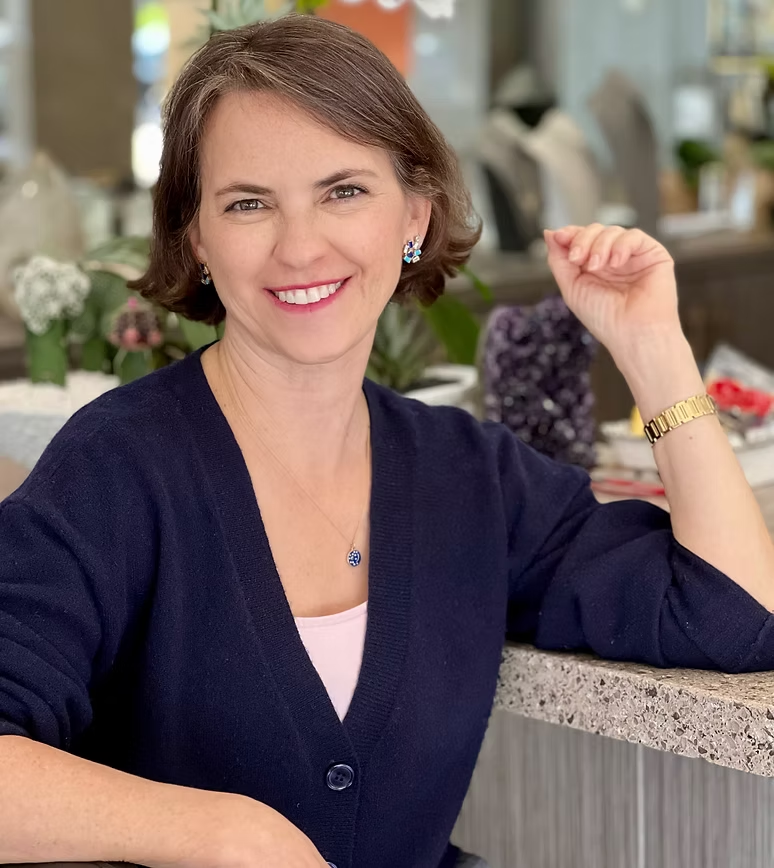
Emily Kuvin is a jeweler & designer at Emily Kuvin
She has a BA and a JD from Cornell University
She has completed coursework at the Gemological Institute of America.

Justin Daughters is the Director of Berganza, a UK-based antique and vintage jewelry shop, showcasing rare and exceptional pieces unique to their time.
A Brief History of Diamond Engagement Rings
Engagement rings first came about in Ancient Rome when betrothal rings became a trend. Unlike today’s engagement rings, which carry the metaphor of being a key to your heart, these early versions sometimes came with an actual key to symbolize ownership (a little different for women back then!). They were also crafted from humble materials like ivory, flint, bone, copper, or iron.
The diamond engagement ring tradition as we know it was set in motion in 1477–and while not the first ever diamond engagment ring, it is the most well documented. Archduke Maximilian of Austria commissioned a diamond ring for his bride-to-be, Mary of Burgundy. This lavish gesture sparked a trend among European nobility and the wealthy elite, who began to see diamond rings as the ultimate symbol of betrothal.
It wasn’t until the 19th century that diamond engagement rings became accessible beyond the upper classes. The discovery of the first large-scale diamond deposits, combined with the economic boom of the Industrial Revolution, led to an explosion in popularity. By the mid-to-late 1800s, diamond rings were no longer reserved just for the aristocracy—they became attainable for the growing middle class, setting the stage for their rise as an enduring cultural tradition in America and beyond.
Early Victorian Diamond Engagement Ring Trends: Romantic Motifs and Old Mine Cuts

Diamond engagement ring trends reflected the romance of this era. We saw this in ring inspiration with delicate designs with floral motifs, snakes (symbolizing eternal love), and seed pearls set in warm yellow or rose gold (pearl rings were actually sometimes more popular than diamond rings for a bit in the Victorian Era).
As gems became more accessible, clusters and halo-style settings known as “daisy rings” became more common. Old mine cuts, which consist of cushioned shapes, high crowns, small tables, large culets, and chunky facets, were also popular at this time.
Milian, CEO of Brand Builder Legal and GIA-trained Graduate Gemologist, says diamonds of this era, “were worn under conditions like candlelight, which enhanced their particular beauty. There wasn’t the same modern emphasis on color and clarity and carat size that defines today’s engagement rings. Instead, old mine and old European cuts have long been appreciated for their unique visual qualities and charm. Often they feature out-of-round shapes, making each stone individual and full of character. Unlike the more uniform, modern brilliant cut diamonds seen in today’s market, the older stones visually stand out for not looking perfect.”
Edwardian Diamond Engagement Ring Trends: Delicate Filigree and Old European Cut Diamonds

During the Edwardian era, as it was known, engagement rings started to become more elaborate, and platinum was the preferred metal choice. Think elongated curves and nature-inspired motifs and very intricate details, like lacy filigree work, milgrain edges, and delicate floral and bow motifs. Also, remember, these rings were usually viewed by candlelight, so they really had to shine.
Diamond engagement rings from this era were incredibly ornate yet weightless in appearance, with designs that, as Jewelry designer Kuvin notes, “mirrored women’s position in society; somewhat dainty and unobtrusive but decorative.
This era also saw the rise of Old European cut diamonds, often viewed as the bridge between antique and modern cutting styles. Characterized by improved symmetry, a smaller table, and a higher crown, these stones offered greater fire and scintillation than their predecessors, laying the groundwork for today’s cutting standards. With greater symmetry and brilliance than old mine cuts, they were perfectly suited to (you guessed it) dazzle in the soft glow of candlelight.
1920s Diamond Engagement Ring Trends: Art Deco Everywhere
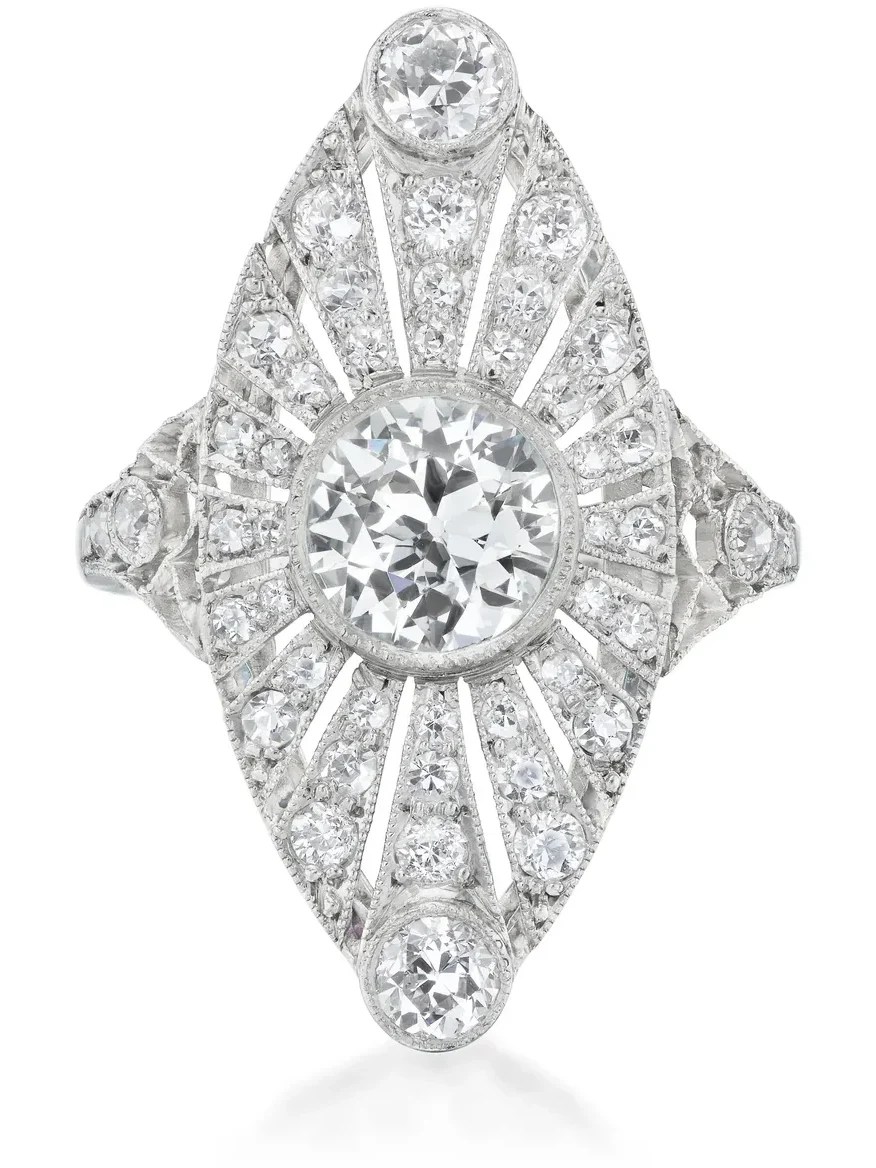
The 1920s were an extraordinary time for jewelry design as the influence of Art Deco rose. Justin Daughters, Director of Berganza, said this movement was a major inspiration for the engagement rings of this decade.
“As the world embraced innovation — from the radio to trans-Atlantic flight — jewellery, too, evolved to reflect this spirit of progress. With its streamlined geometry, clean lines and audacious use of colour, Art Deco design emerged not merely as a style, but as a manifesto for modernity. This new aesthetic celebrated symmetry, sophistication, and the bold confidence of a changing world.”
These new ideals were expressed in engagement rings specifically through flanked solitaires, often to showcase linear-cut diamonds. Advancements in diamond cutting during this time also really allowed for the emerald cut to be perfected, according to Daughters. Craftsmen were now able to capture the essence of Art Deco’s linear harmony with meticulous precision. The ring designs of the 1920s transformed rings into miniature sculptures of light and form.
1930s Diamond Engagement Ring Trends: Streamlined Art Deco & Platinum Elegance

This decade was a major departure from the bold shapes and swirls of the 1920s. The details that were now in fashion with diamond engagement ring trends were bows, ribbons and lace around the shank and band.
This was a tough time for America, with the Great Depression leaving so much of the country impoverished. Unless you were one of the upstairs people in The Gilded Age group, your engagement ring was probably going to be minimal.
The solitaire design also gained popularity during this period, offering a more affordable option. Jewelers often turned to alternative metals like white gold in place of the pricier platinum, making elegant engagement rings accessible to a wider audience.
Center stones also became smaller (except maybe for the Vanderbilts), and the 4-prong setting, known as “picture frame corners,” became the preferred way to show off these more petite stones.
1940s Diamond Engagement Ring Trends: Retro Elegance
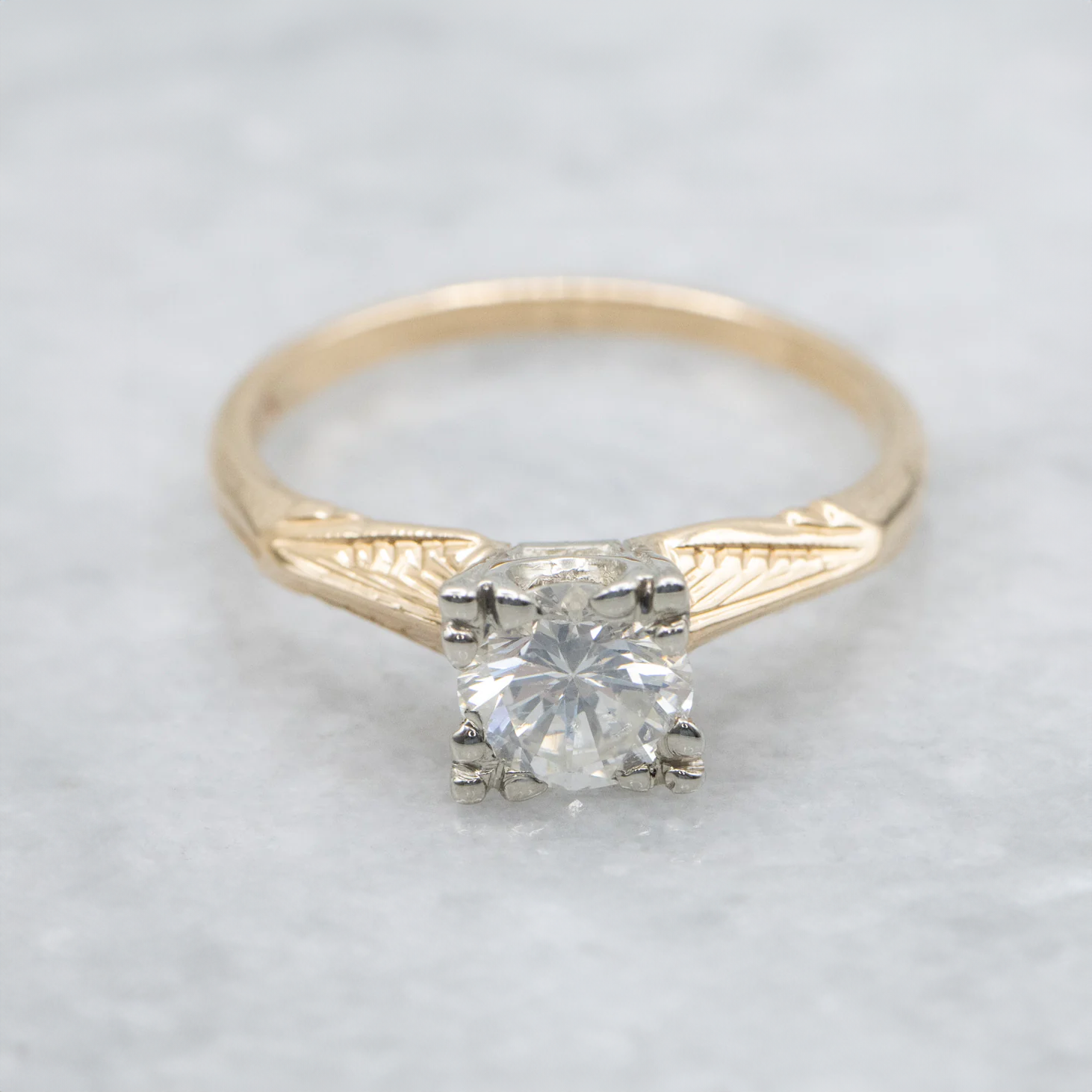
With World War II causing strict limitations on metals and gemstones, engagement ring design in the 1940s shifted accordingly. Platinum was reserved for the war effort, so yellow and rose gold alloys surged in popularity, while simpler solitaire styles became the norm—beautiful yet practical choices in an era of rationing.
Daughters said, “Despite material limitations, 1940s rings were anything but modest. They embraced sculptural and three-dimensional designs, often inspired by the dynamism of machinery and fashion alike. Flowing ribbons, bows, scrolls, and folds dominated, capturing movement and volume in metal form. These bold, fabric-like motifs conveyed both femininity and strength — an aesthetic reflection of the wartime woman’s evolving role.”
1950s Diamond Engagement Ring Trends: The Marquise Era
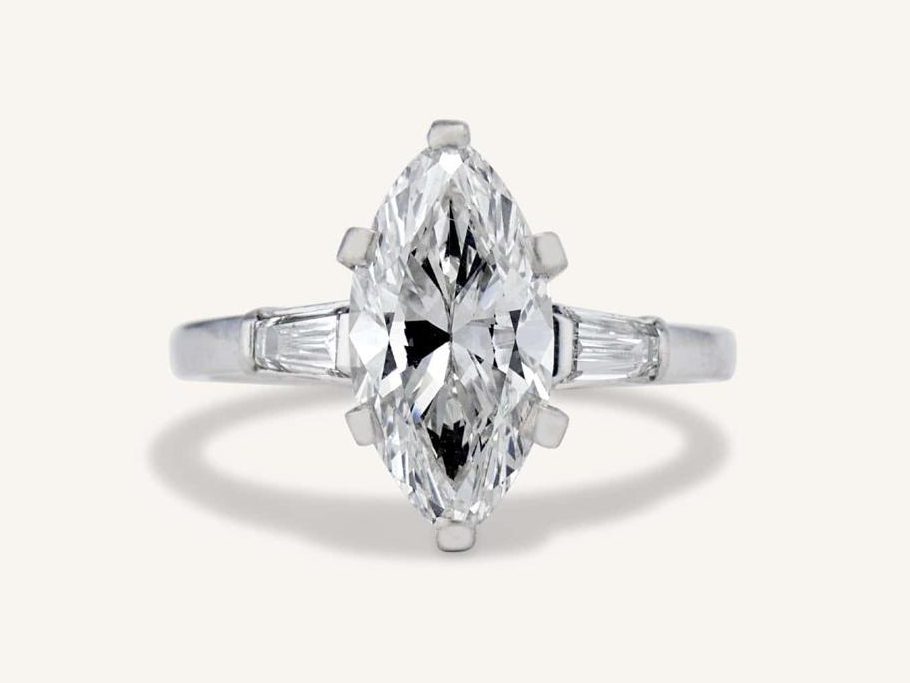
With the economy finally growing again and even thriving—this was the Golden Age of Capitalism, after all—ring sizes were also able to blossom. Platinum was more readily available once again, so we saw more of these settings as well as white gold.
One major engagement ring trend of the 1950s was the use of braided or engraved detailing on the settings—an accent not often seen today. These intricate touches highlighted the era’s larger center stones, which were increasingly popular as prosperity returned. The decade also saw the rise of distinctive diamond shapes, with round, emerald, marquise, and Asscher cuts emerging as favorites.
Daughters said, “The rise of Hollywood glamour also played a major role in defining the 1950s aesthetic. Stars like Grace Kelly and Audrey Hepburn popularised understated luxury, with designs that focused on impeccable craftsmanship and sparkling simplicity rather than excess. The round brilliant cut, perfected by Marcel Tolkowsky earlier in the century, became the go-to diamond shape, prized for its unmatched fire and symmetry.
Platinum and white gold settings were popular choices, reflecting the clean, modern style of mid-century design. Altogether, 1950s engagement rings represented optimism, elegance, and the timeless beauty of true romance—values that continue to inspire ring designs to this day.”
1960s Diamond Engagement Ring Trends: More is More in the Swingin’ 60s
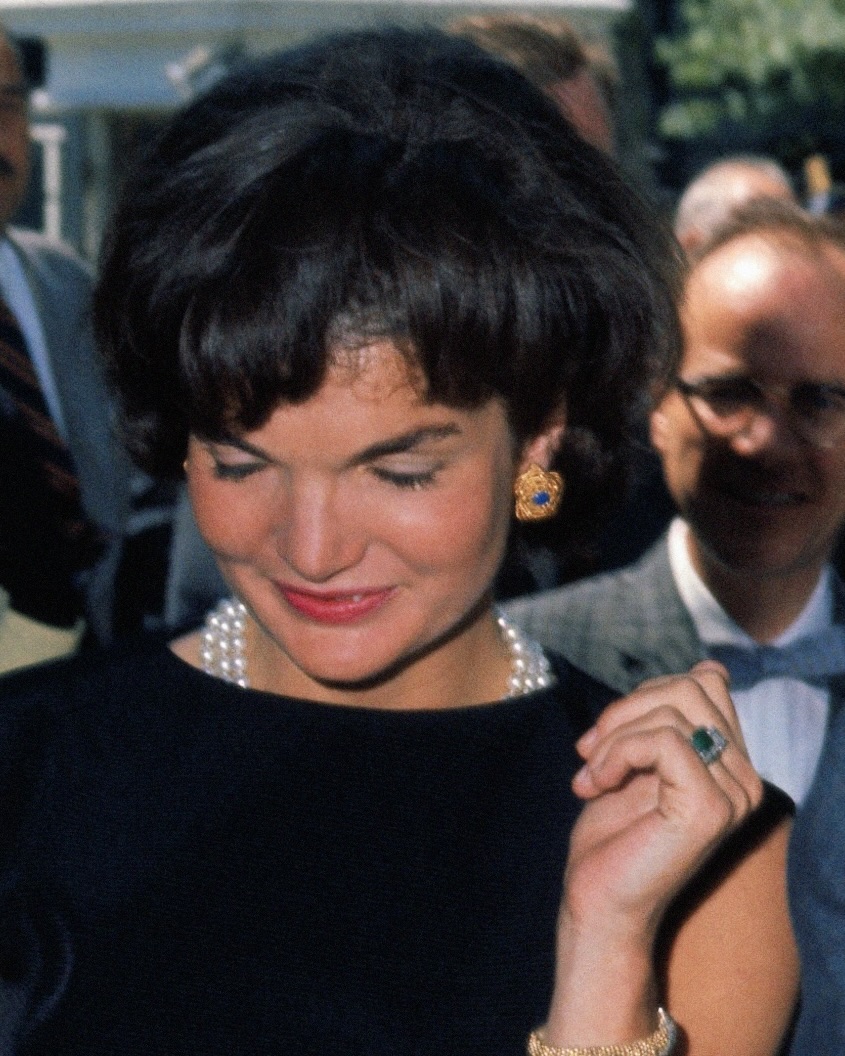
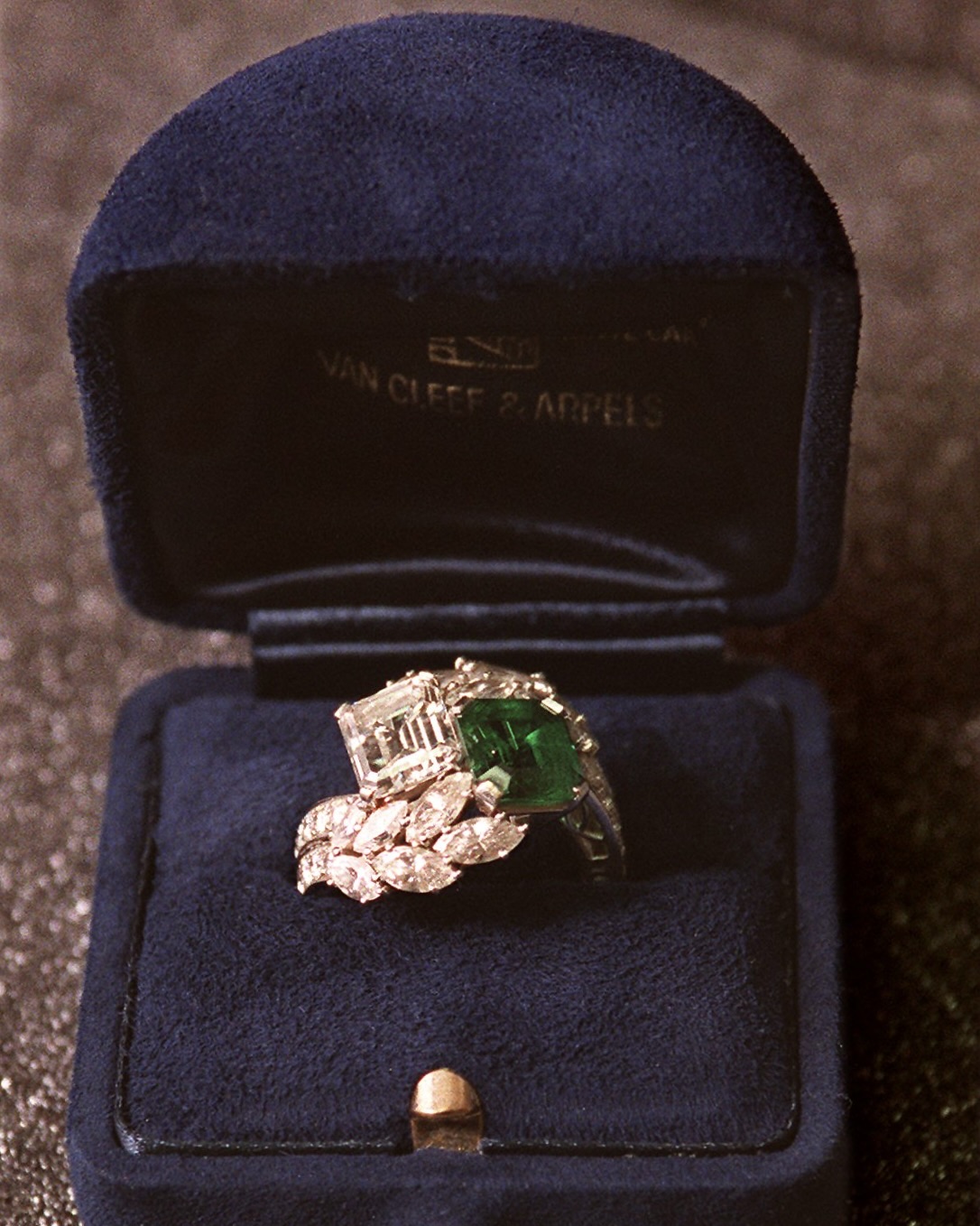
Though much of the country was embracing hippie culture and doing away with material possessions, that certainly wasn’t for everyone. When it came to engagement rings and jewelry in general, more is more was a common sentiment. Diamond engagement ring trends included filigree details, step cuts and baguette accents.
This era also saw the rise of two-stone engagement bands, a trend embraced—and elevated—by style icons like Jackie Kennedy. Jackie’s Art Deco–inspired toi et moi ring from Van Cleef & Arpels, featuring an emerald and diamond, became instantly iconic (though she received it in the 1950s). Soon after, diamond-and-emerald combinations surged in popularity, cementing the look as one of the decade’s most glamorous trends.
As did just possessing a massive solitaire rock. Elizabeth Taylor, who would establish herself as the Queen of Diamonds, it was a legendary 33-carat ring for her first marriage to Richard Burton. This Assher Cut diamond would become known as the Burton-Taylor ring and set the tone for celebrities for decades to come, for those who just wanted a really huge natural diamond (and maybe even multiple marriages).
1970s Diamond Engagement Ring Trends: Ballerina Settings & Yellow Gold Revival
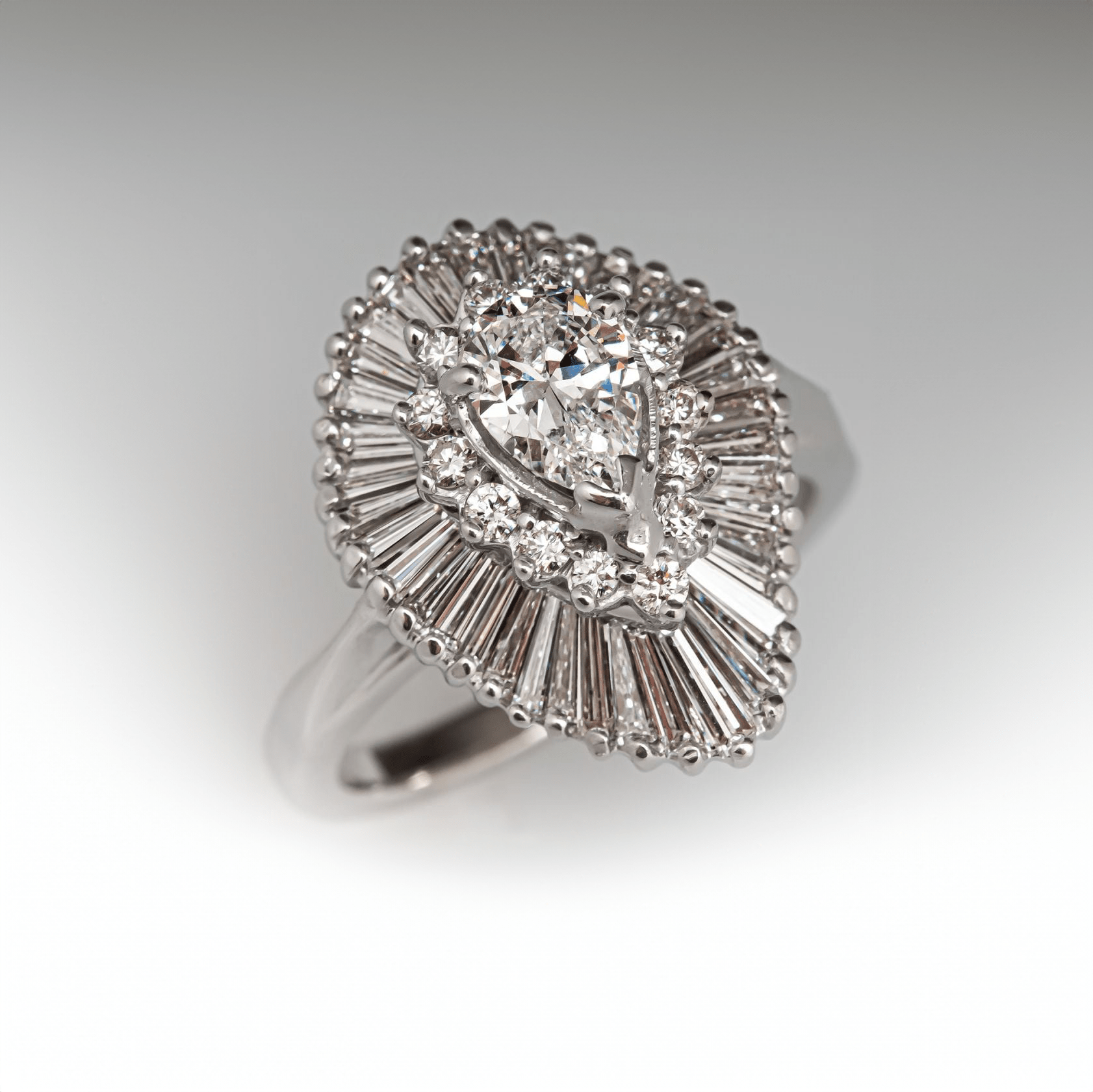
The 1970s were a tumultuous era, and the counterculture even flowed into diamond engagement ring trends. Though yellow gold settings remained popular, a lot of people did their own thing and got creative with it.
Daughters said of the era, “The 1970s brought a fresh wave of individuality and free-spirited design to engagement rings, mirroring the cultural shifts of the decade. Moving away from the formality of previous eras, couples in the ’70s embraced yellow gold, which made a strong comeback as the metal of choice. Its warm tone perfectly suited the decade’s bohemian aesthetic and stood out beautifully against the earth-inspired fashions of the time.
Diamond engagement ring trends of this period were defined by organic, handcrafted designs—rings with textured finishes, asymmetrical settings, and natural motifs that reflected the growing appreciation for creativity and self-expression. Shapes also became more adventurous, with oval and pear-shaped diamonds rising in popularity as stylish alternatives to traditional round cuts. These softer, elongated silhouettes offered a distinctive, romantic look that felt modern and unconventional.”
Designs often featured elevated, multi-layered settings, including the popular “ballerina” style—named for its resemblance to a tutu—with a central diamond surrounded by a fan of tapered baguette diamonds. These elaborate rings were typically supported by intricate wire “basket” mounts to hold the layered tiers. Marquise-cut diamonds were also in vogue, and De Beers helped drive interest in colored diamonds by branding yellow and brown stones as “Champagne” and “Cognac,” which became fashionable choices for engagement rings during the decade.
1980s Diamond Engagement Rings Trends: Bold Settings & Maximalist Style
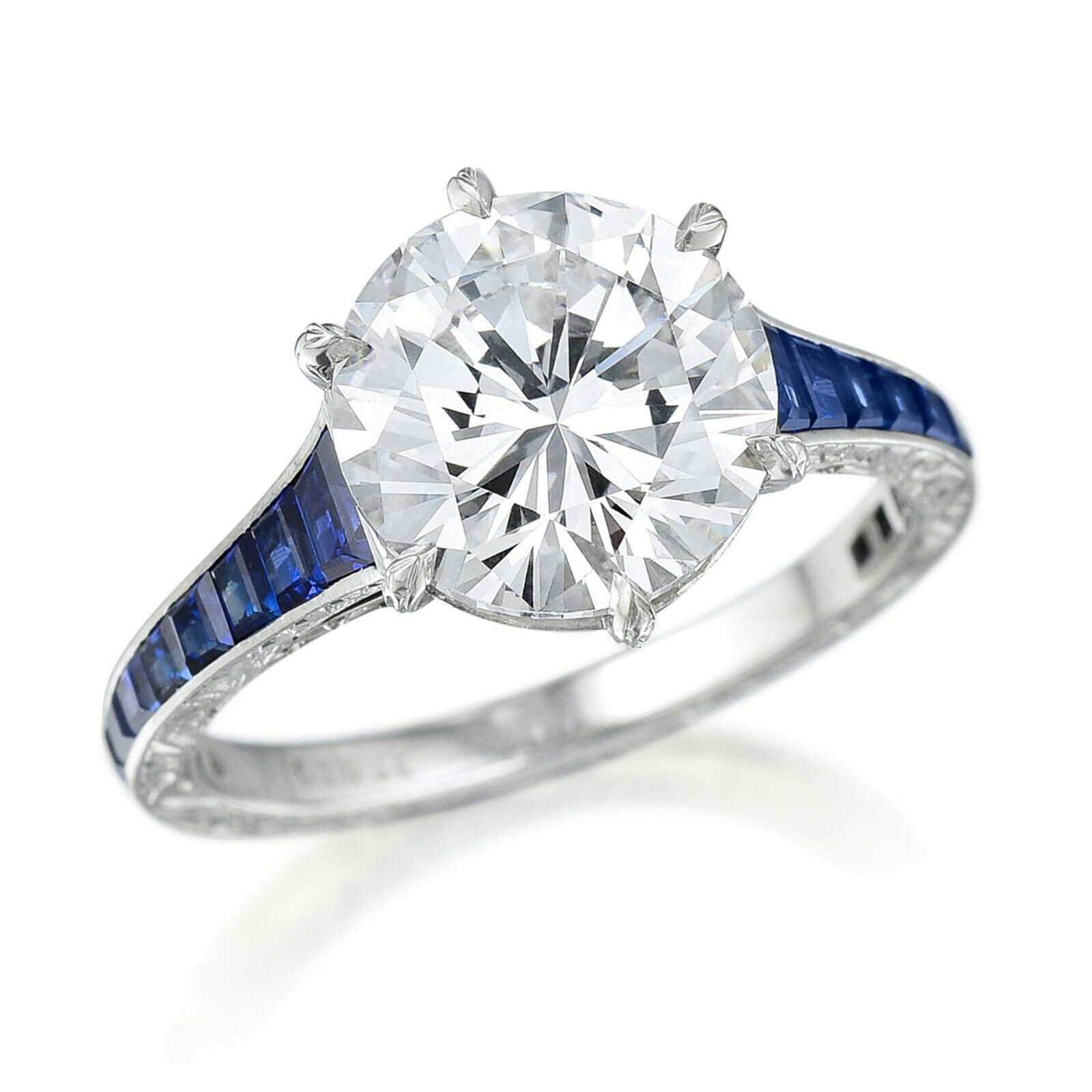
Big shoulders, big hair, and definitely big diamonds! Maximalist and bold style were definitely very apparent in the diamond engagement ring trends of the 1980s. Influenced by the rise of jewelry glamour on television with Dynasty, Dallas, and, of course, Princess Diana’s televised wedding to Prince Charles in 1981, when we got to see that stunning blue sapphire and natural diamond engagement ring up close, there was a lot of inspiration.
Yellow gold remained highly popular, often showcased in bezel settings—designs where a sleek rim of metal encircles and secures the center stone.. Round brilliant diamonds and baguette diamonds with a chunky gold setting were also popular. Unsurprisingly, Princess Diana’s ring inspired more colored gem engagement ring purchases.
1990s Diamond Engagement Ring Trends: Tiffany-Style Solitaires & Understated Elegance
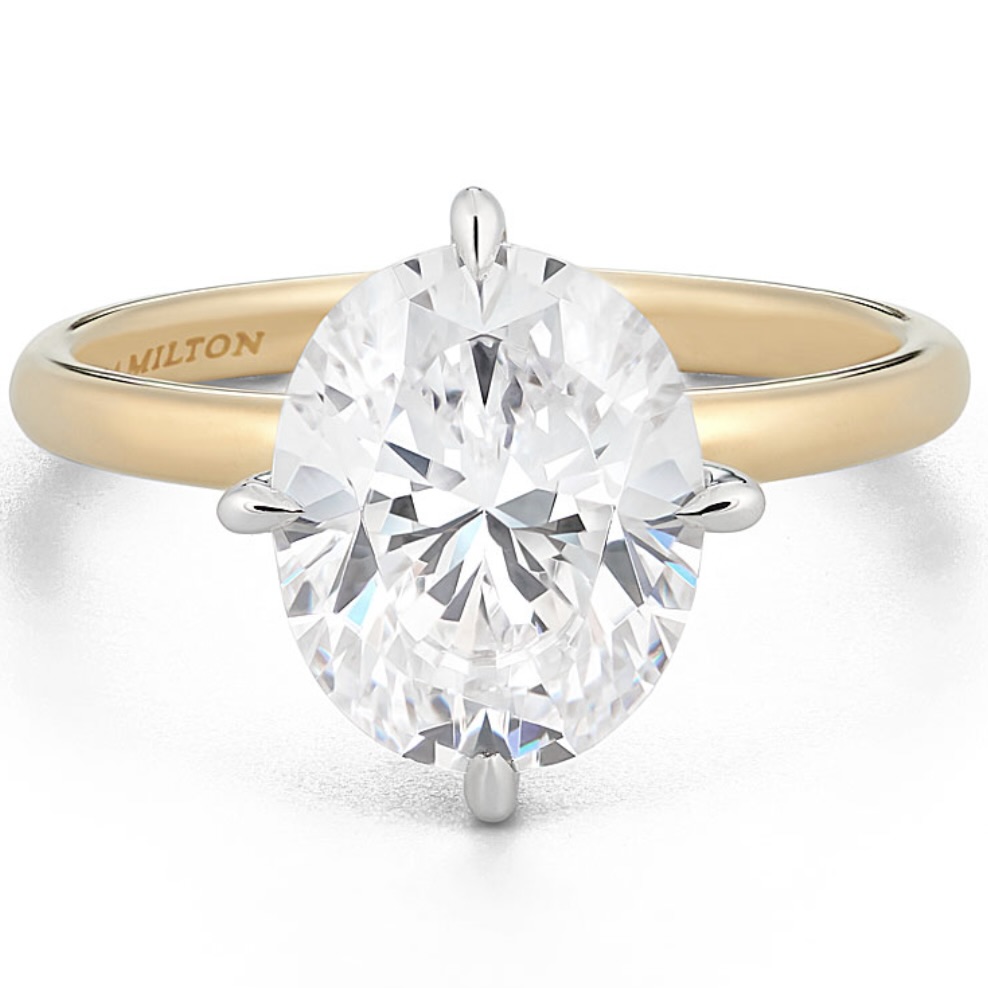
After the over-the-top 1980s, the 1990s ushered in a return to minimalism, reflected in diamond engagement ring trends. Clean lines and simplicity became the standard, with solitaire diamonds on slim white gold bands dominating the decade.
The Tiffany-style six-prong solitaire—first introduced by Tiffany & Co. in 1886—saw a major resurgence in this era. Its timeless, streamlined design perfectly matched the minimalist aesthetic of the ’90s, reaffirming the round brilliant as the quintessential cut for engagements.
While some rings incorporated colored gemstones as side accents, overall diamond engagement ring trends leaned toward subtlety and restraint, a sharp contrast to the bold, oversized styles of the previous decade. “Minimalist designs, channel-set bands, and princess-cut diamonds became the standard. Rings were loved for their sleek, understated, and modern elegance,” Alexandra Beth, owner of Alexandra Beth Fine Jewelry, said of ring styles in this decade.
2000s Diamond Engagement Rings: Celebrity Influence and Halo Settings
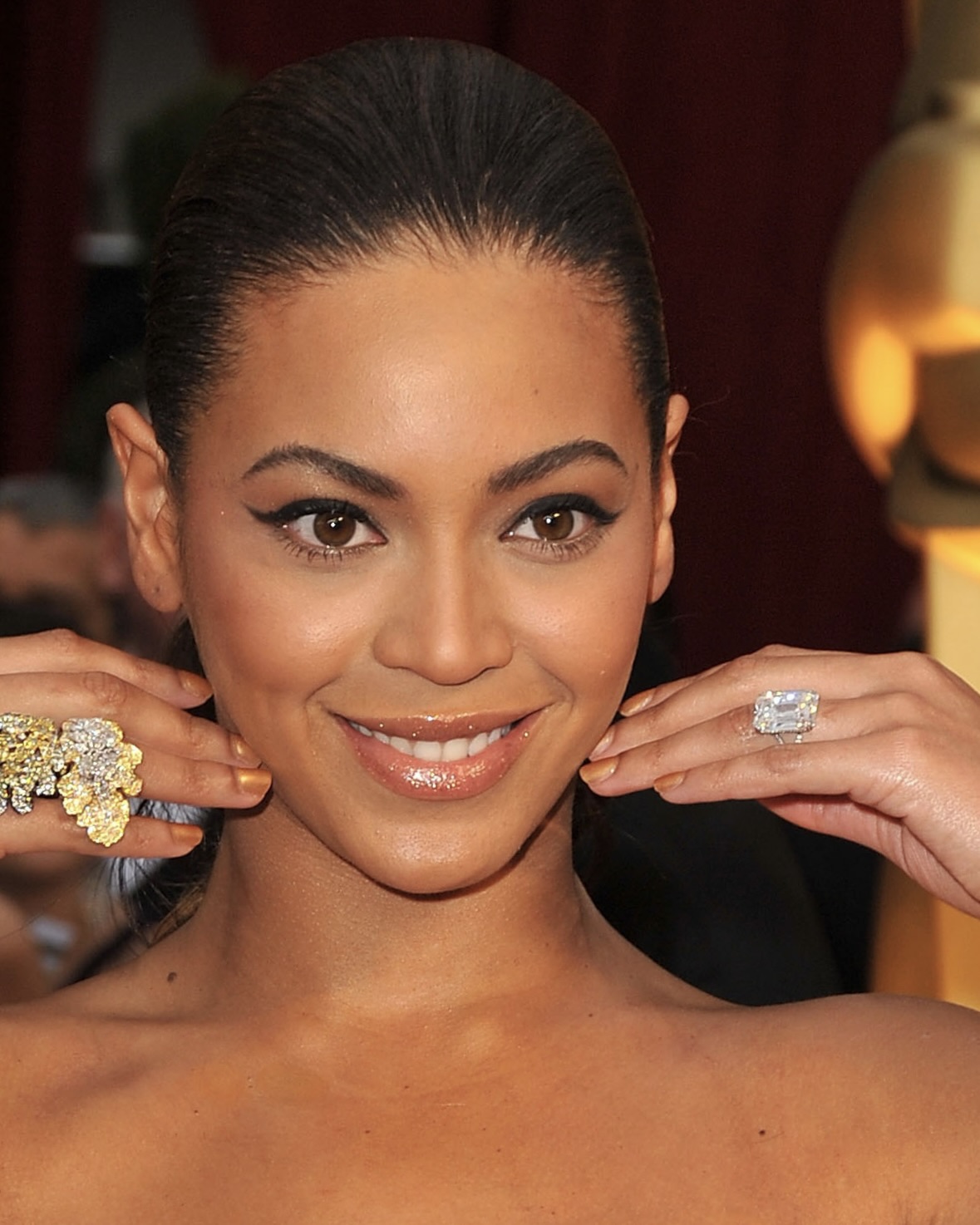
The early 2000s marked a bold chapter in diamond engagement ring trends, driven largely by the influence of celebrity culture. Massive, headline-making rings set the tone for the decade—like Jennifer Lopez‘s six-carat pink diamond by Harry Winston and Beyonce’s iconic 18-carat emerald-cut diamond. These dazzling designs became the ultimate symbols of luxury, sparking a wave of similar purchases among couples who wanted to channel the glamour of Hollywood.
Halo settings (which just so happen to create the illusion of a larger center diamond) were also quite popular, as were bands with micro-pavé diamonds. Round and princess cuts dominated diamond engagement ring trends in the early 2000s, reflecting the decade’s love of sparkle and symmetry. Three-stone rings also rose in popularity, celebrated for both their symbolic meaning—past, present, and future—and their dramatic visual impact. White gold and platinum remained the preferred metals, reinforcing the sleek, luxurious aesthetic of the era.
2010s Diamond Engagement Ring Trends: Pinterest-Driven Personalization and the Return of Vintage
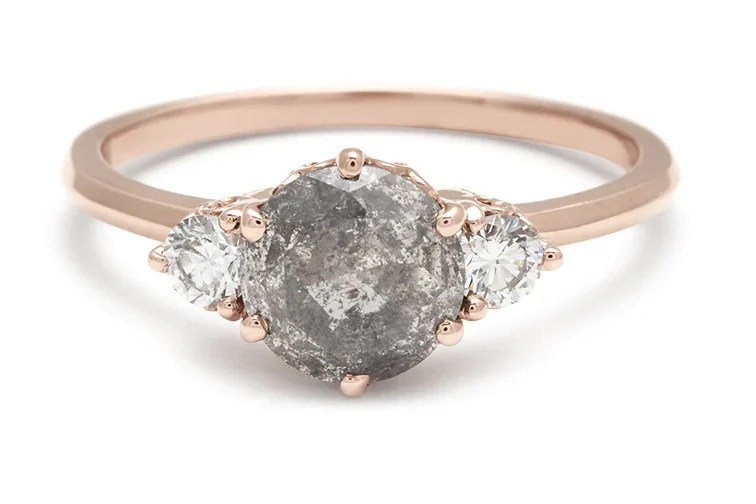
With the rise of social media platforms like Pinterest and Instagram, it became easier to customize your wedding—and this, of course, included engagement rings. Diamond engagement ring trends saw a rise in vintage-inspired designs—including asscher, emerald, and oval cuts—often paired with micro-pavé bands or split shanks. Colored gemstones, such as subtle champagne diamonds, salt and pepper diamonds and gray diamonds, gained popularity as more unique center stone options.
2020s Diamond Engagement Ring Trends: Individuality and Sustainability
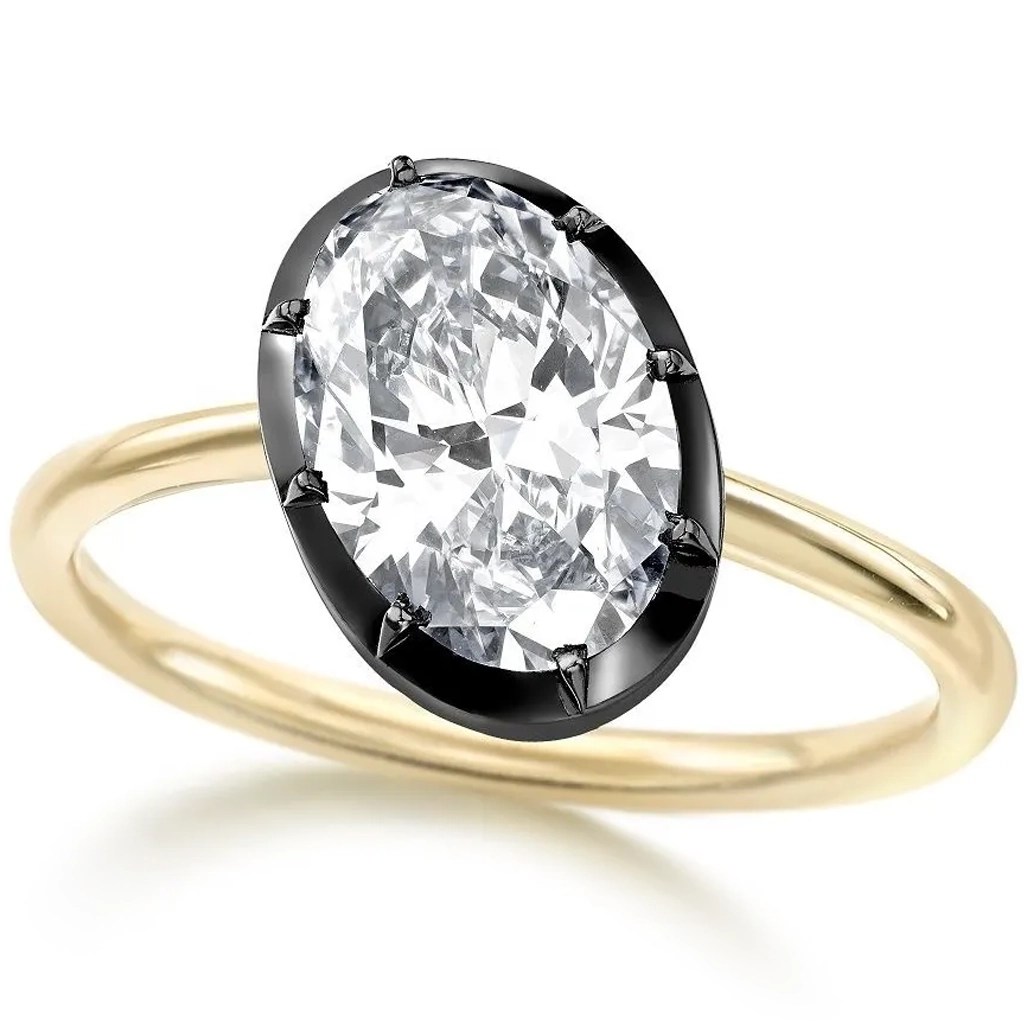
In the current decade, diamond engagement ring trends are defined by individuality, with sustainability and personal expression at the forefront. Couples are increasingly favoring custom designs over traditional templates, often choosing antique-inspired cuts like old mine and old European diamonds for their character and history. At the same time, elongated shapes—such as ovals and elongated cushions (Taylor Swift’s engagement ring being the most talked-about recent example)—have surged in popularity, prized for their flattering silhouette and modern yet timeless appeal.
Another notable shift in diamond engagement ring trends is the growing love for colored diamonds. Champagne, yellow, and even rare pink or green stones are being embraced as distinctive, fashion-forward alternatives to classic white diamonds, offering a way to stand out while still celebrating tradition.
